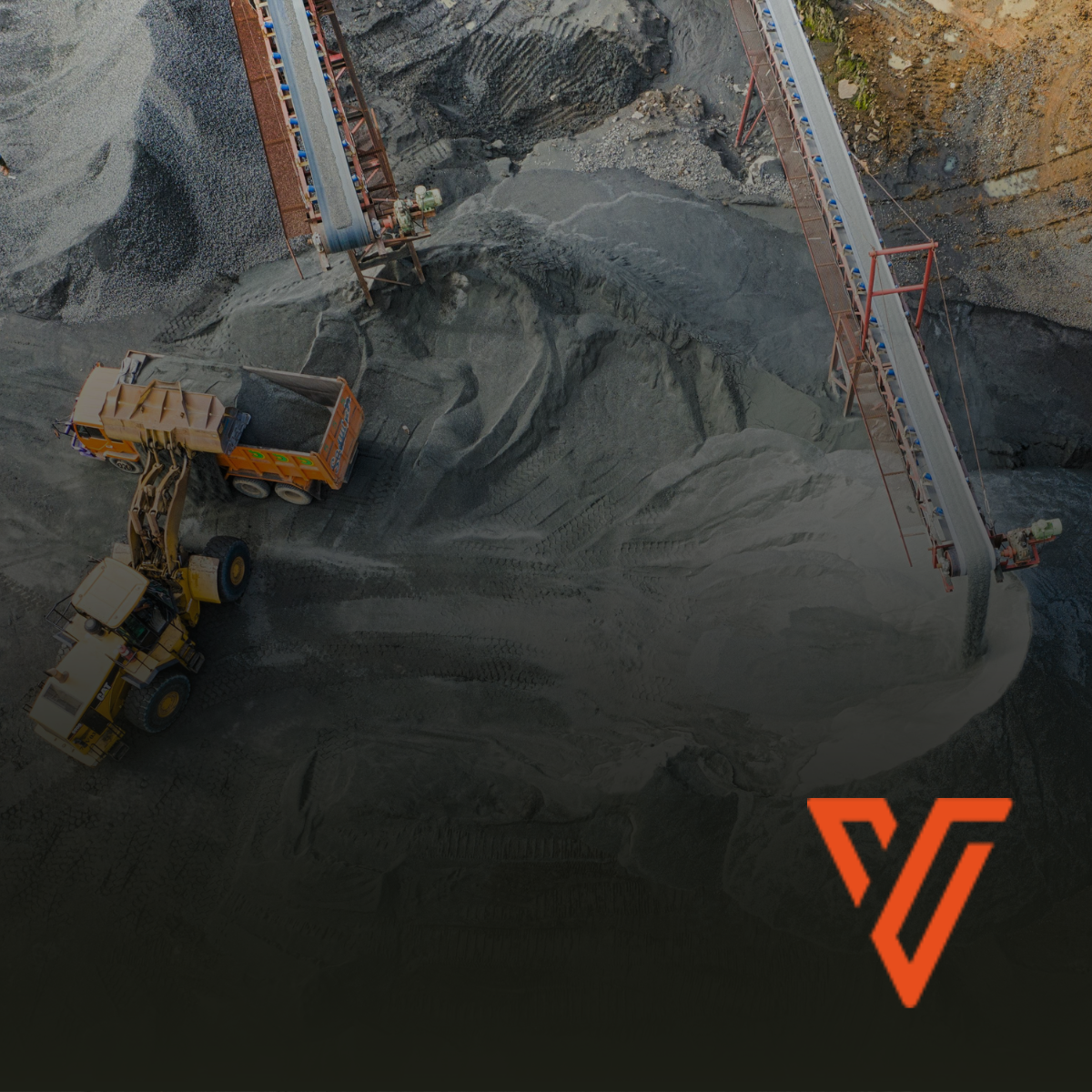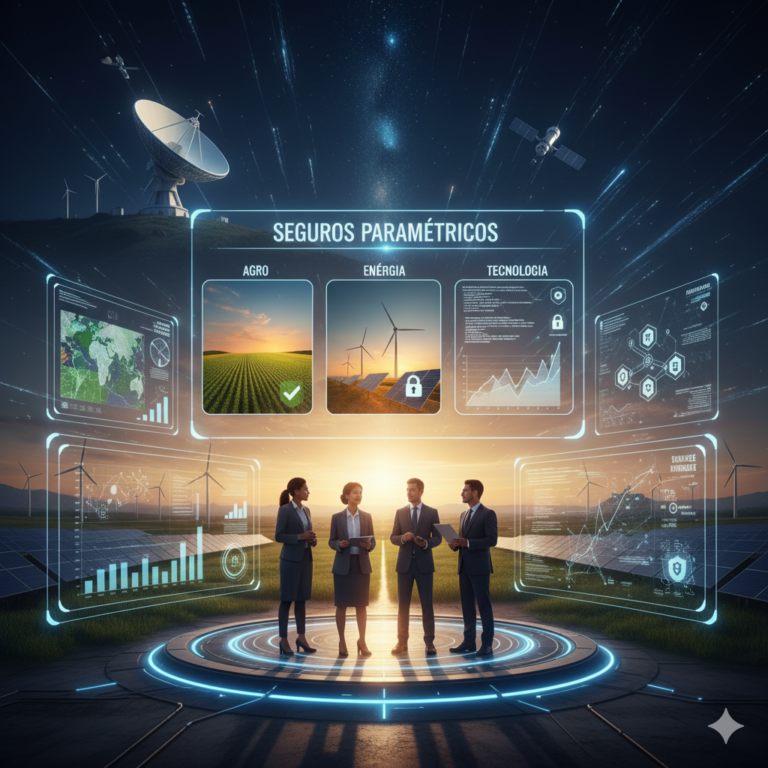When discussing lithium development in Argentina, the focus is often on the scale of reserves or specific mining projects. However, we rarely look closely at what makes this growth possible: the energy that drives it.
The energy investment powering lithium
The article on GENNEIA’s investment in Salta makes this clear. We are talking about more than USD 400 million allocated to a high-voltage interconnection line. This infrastructure was designed to supply major lithium projects with renewable energy. These are not minor figures: it is an asset built to support production of 150,000 tonnes of lithium carbonate per year, with an estimated demand of 2.6 million MWh.
What is most interesting here is not only the infrastructure itself, but the deeper decision about the kind of industry we want to build—and, above all, which energy sources will underpin the lithium boom. Ultimately, it is a long-term sustainability bet: environmental, social and economic.
Vision and responsibility in sector growth
When investments of this magnitude are combined with the deployment of clean sources and the creation of local jobs, the circle begins to close. It is not only about supplying projects such as Salar del Rincón, Mariana or Hombre Muerto Norte. Rather, it is a statement: sector development and growth need not be at odds with responsibility.
Argentina now has the opportunity to define how it plays on the global stage. Lithium is a protagonist in the global energy transition, and its impact goes far beyond electric-vehicle batteries. It is a lever for local development, for diversifying our energy mix, and for laying solid foundations for sustainable growth.
The real differentiator will be how we connect vision, investment and sustainability in day-to-day practice. We must consider what kind of development we are driving—and whom we are including along the way.




